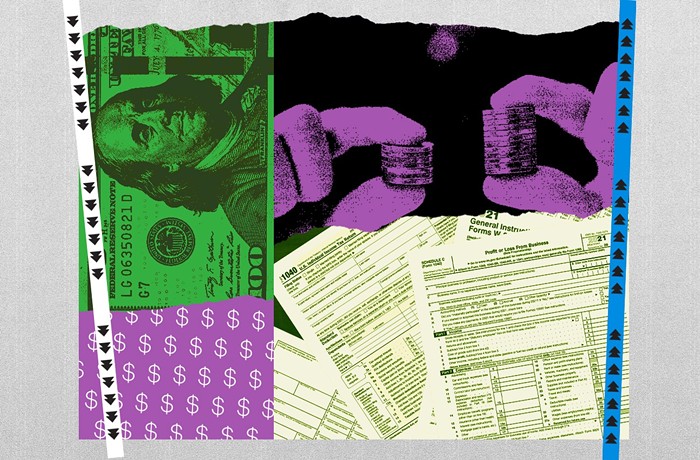
- Malcolm Smith
The Seattle Police Department just announced that it has begun the process of deactivating its wireless mesh network, a powerful tool for sending vast amounts of data that also has powerful surveillance potential. In theory, the network (built by a California-based company called Aruba Networks) could track and indefinitely log the movements of any wireless device with a MAC address (phones, laptops, tablets) that moves through its coverage area.
The possibility of a police department creating a historical digital map of the city, or using such a system for real-time locating of individuals, without governmental or civilian oversight has some serious implications.
The mesh network, as The Stranger reported this week, was quietly purchased with grant money from the Department of Homeland Security and whisked through the Seattle City Council without any serious process of review and approval.
But, SPD spokesperson Sgt. Sean Whitcomb said this evening, "The wireless mesh network will be deactivated until city council approves a draft policy and until there's an opportunity for vigorous public debate." Chief Jim Pugel gave the order to begin the deactivation process today.
That process, Whitcomb said, involves "more than just flipping a switch." But SPD maintains it has not been actively using the network—it was operational without being operated, having been turned on for DHS grant-mandated testing and then never turned off—so shutting it down won't hamper any current SPD activities.
"Our position is that the technology is the technology," Whitcomb added, "but we want to make sure that we have safeguards and policies in place so people with legitimate privacy concerns aren't worried about how it's being used."
The short version: SPD purchased a mesh network with some potential surveillance capabilities without public discussion. Some public discussion happened anyway and the department has decided to turn the network off until the city has signed off on some rules about how it can—and cannot—be used.


















